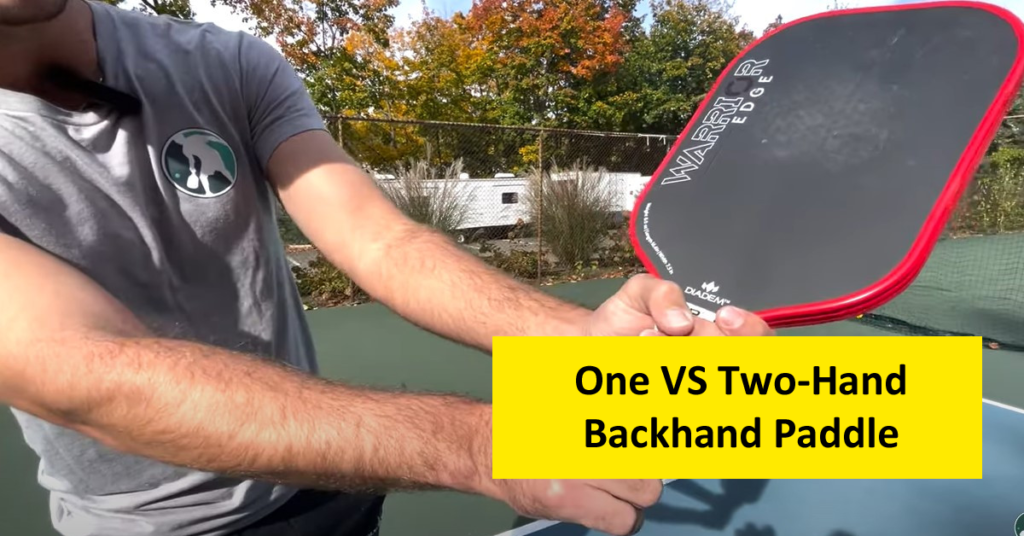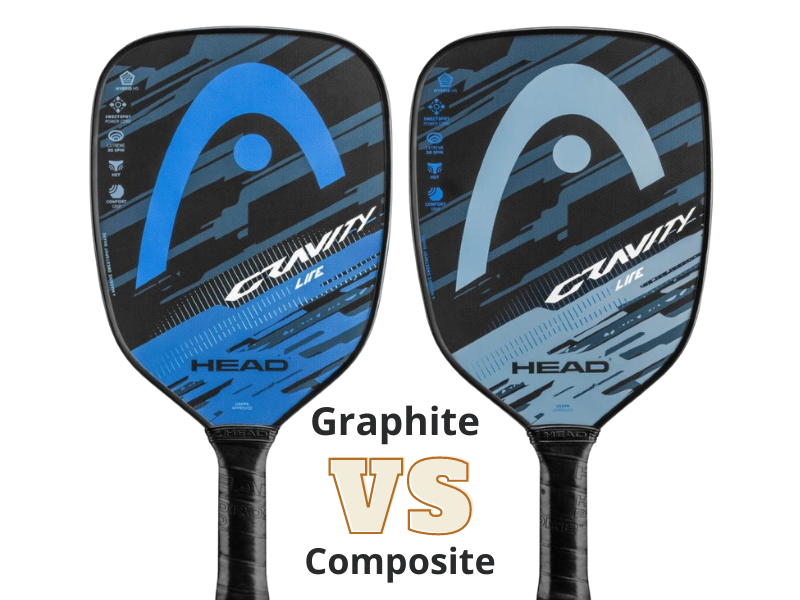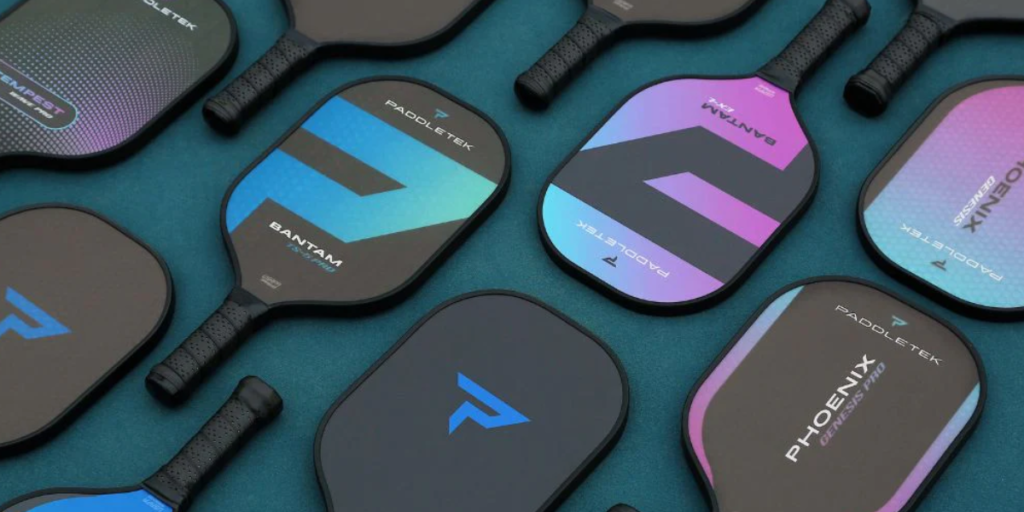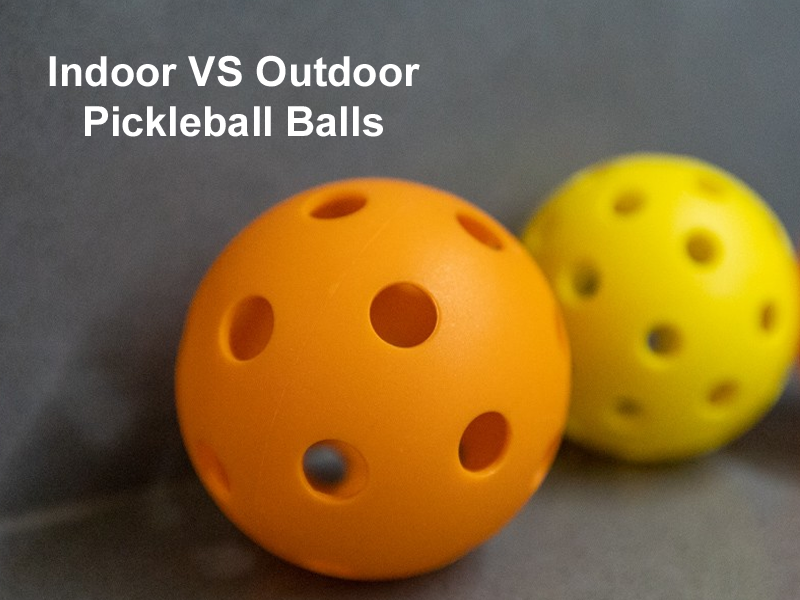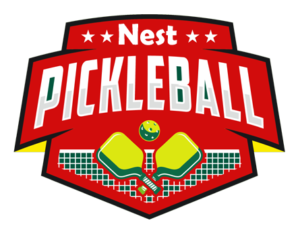The one vs two hand-backend pickleball paddles need to be clearer to choose for the new players. They need clarification about one vs. two-hand backend to choose for which purpose. And which one is the more popular paddle?
However, the two-hand paddle is more popular now than ever, especially among the pros on the women’s circuit. As more tennis aces jump to pickleball, the two-handed backhand has hitched a ride, bringing a touch of familiar flair.
But hold on a second!
Does this surge in two-handed glory mean the end of the road for the trusty one-handed backhand?
Well, not so fast. It’s essential to note that plenty of pickleball wizards out there still rock an impressive one-handed backhand. And guess what? The choice isn’t just about the trend; it’s about finding your pickleball groove.
So, hold your paddles and get ready to explore the key features of backhands with us. We’re breaking down the advantages, the quirks, and the secret sauce behind each technique.
One Hand Backhand VS Two Handed?
What’s the main difference between one-handed and two-handed backhand pickleball paddles?
The main difference lies in the grip and technique. One-handed paddles have a narrower grip, offering better control and shot variety, ideal for players who value finesse and precision. Two-handed paddles feature a wider grip, providing stability and power, making them suitable for players who prioritize strength and consistency.
1. Grip and Control
One-Handed Backhand Paddle: Designed with a narrower grip, one-handed backhand paddles offer greater control and precision. The grip accommodates one hand comfortably, allowing players to execute finesse shots and target specific court areas.
Therefore, a one-handed backhand paddle might be more suitable if you enjoy a diverse range of shots, such as slices, topspins, and drop shots. The narrower grip allows greater wrist movement, facilitating shot variety and placement.
Two-Handed Backhand Paddle: Paddles designed for pickleball’s two-handed backhand grip usually feature a wider area to accommodate both hands. This design choice offers stability and control for players using a two-handed backhand grip, allowing for robust and accurate shots.
2. Shot Variety
One-Handed Backhand Paddle: Players who prefer a one-handed backhand technique often value the ability to perform a wide range of shots, including slices, topspins, and drop shots. The design of these paddles facilitates the wrist movement necessary for shot variety.
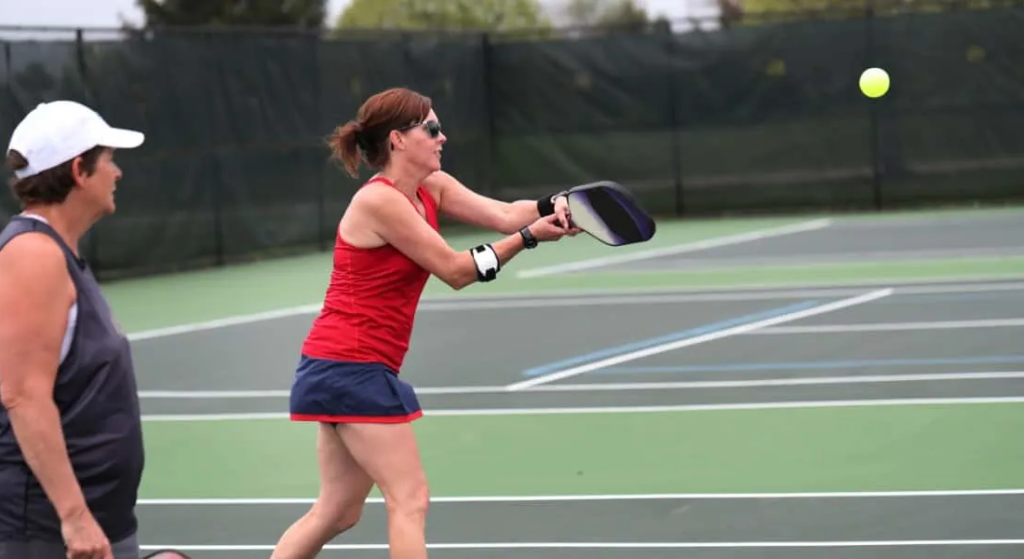
Two-Handed Backhand Paddle: While two-handed backhand players may have slightly limited shot variety due to their grip, they excel in consistent and powerful shots. These paddles are well-suited for baseline play and aggressive shots.
3. Power Generation
One-Handed Backhand Paddle: One-handed players can generate power through technique and wrist movement, but the power potential might be slightly lower compared to two-handed methods.
Two-Handed Backhand Paddle: Compared to others, these paddles designed for two-handed backhand techniques often allow players to harness more power, as the grip and stance provide a solid foundation for generating forceful shots.
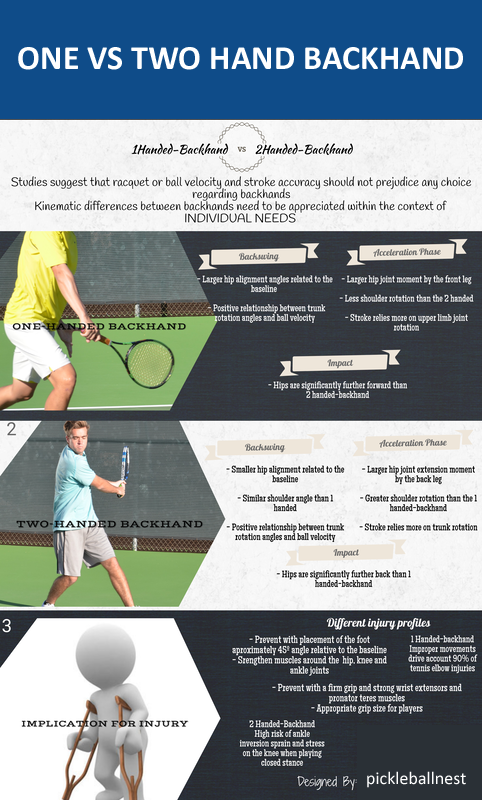
4. Adaptation Period
One-Handed Backhand Paddle: If you’re already comfortable with a one-handed backhand technique from tennis or other sports, using a one-handed backhand pickleball paddle might feel more intuitive.
If you’re comfortable with a one-handed backhand grip from tennis, you might find the transition to a one-handed backhand pickleball paddle more intuitive. It will allow you to leverage your existing skills while enjoying enhanced control over your shots.
However, with practice, players can become proficient.
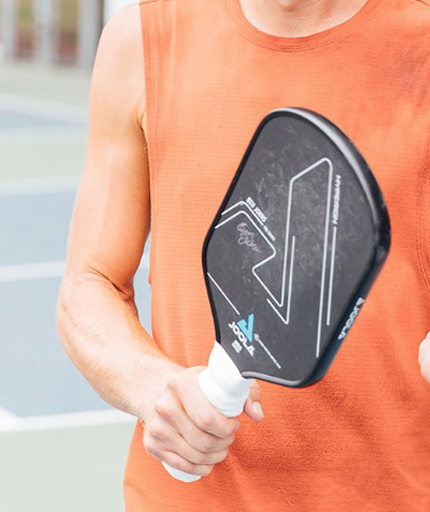
Two-Handed Backhand Paddle: Transitioning to a two-handed backhand technique might require an adaptation period, especially for players new to the grip. However, with practice, players can become proficient.
5. Playing Style and Preference
One-Handed Backhand Paddle: Players who value finesse, shot variety, and precision may prefer a one-handed backhand paddle. This choice complements a versatile playing style focused on court placement.
Two-Handed Backhand Paddle: Players prioritizing power, stability, and consistency might lean towards a two-handed backhand paddle. This choice suits an aggressive baseline playing style.
A two-handed backhand paddle could be a great fit for an aggressive playing style with a focus on power. The wider grip paddles provide stability for generating strong shots from the baseline and smashes at the net.
Comparison One VS Two Hand Backhand Paddle
| Aspect | One-Handed Backhand Technique | Two-Paddle Technique |
|---|---|---|
| Skill Level | Requires moderate to advanced skill level | Requires adaptability for players transitioning |
| Control and Precision | Offers precise shot placement | Sacrifices finesse for power and coverage |
| Shot Variety | Enables a range of shots (slice, topspin, etc.) | Focuses on power shots and aggressive play |
| Power Generation | Limited power potential | Increased power potential for play |
| Learning Curve | Steeper learning curve for beginners | The steeper learning curve for beginners |
| Court Coverage | Quick transitions from forehand to backhand | Greater coverage due to two paddles |
| Stress Distribution | Concentrated load on one arm | Distributes load between both arms |
| Adaptation Period | Familiar for players with tennis background | Requires time to develop coordination |
| Versatility | Versatile but may lack power | Powerful but might lack finesse and variety |
| Strategy | Precision-based shots for strategy | Power-based shots for aggressive strategy |
Conclusion
In pickleball, the choice between a one-handed and two-handed backhand technique isn’t about being superior to the other; rather, it’s about harmonizing your playing style and aspirations with the appropriate technique. While the best one-handed technique offers finesse and a diverse shot arsenal, the two-handed approach delivers power and stability.
Your journey in pickleball is dynamic, and your chosen technique should enhance your strengths, preferences, and goals on the court!

